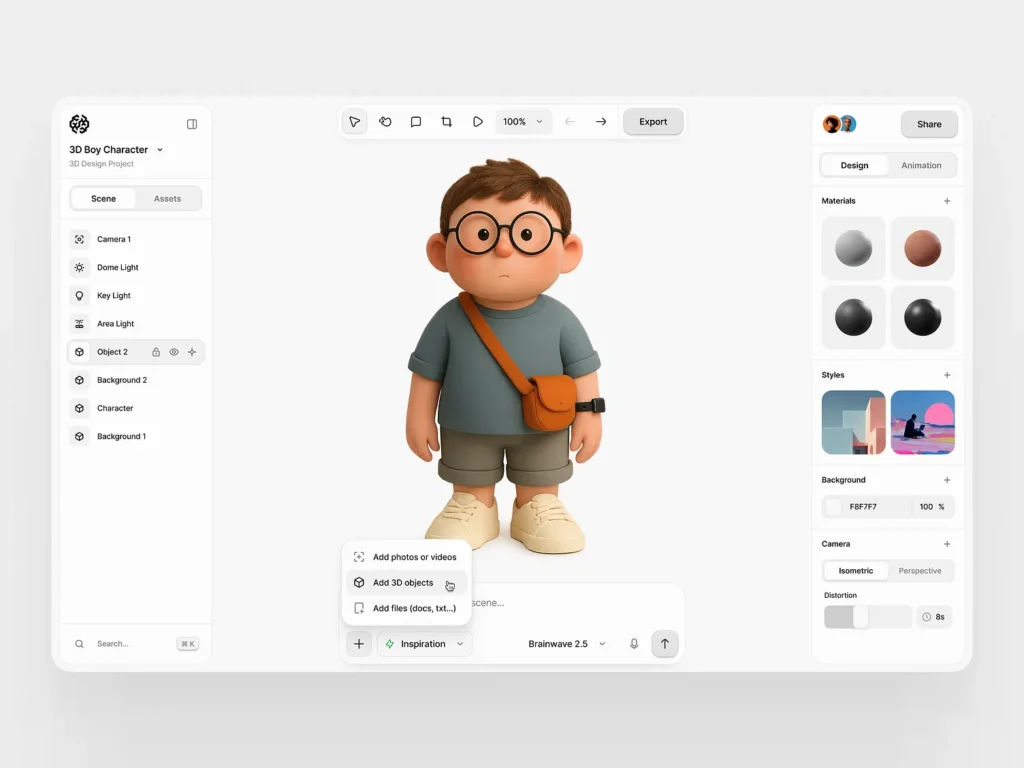Traditional SEO isn’t dead—but it’s being fundamentally rewired.
With tools like ChatGPT, Claude, Perplexity, Gemini, and AI-powered search engines returning direct answers instead of blue links, the future of visibility lies in Generative Engine Optimization (GEO). If SEO is about getting clicks from Google, GEO is about getting mentioned by the machines that generate the answers.
Let’s break down how your brand can optimize for this new frontier—and why ignoring it could tank your discoverability in the age of LLMs.
What Is Generative Engine Optimization?
GEO is the art and science of structuring your brand’s digital presence so that Large Language Models (LLMs) and AI-powered search agents surface your content as source material.
Instead of targeting search rankings, GEO aims to influence:
The training data LLMs draw from
The structured formats LLMs prefer
The prompts and contexts where your brand becomes the answer
Why It Matters (Like, Right Now)
Generative search isn’t “coming.” It’s already here:
Google’s Search Generative Experience (SGE) is rolling out.
Perplexity AI cites sources directly, replacing web traffic with direct answers.
ChatGPT Plugins, Custom GPTs, and Agents are now info gatekeepers.
Stat Flash: 71% of Gen Z now start their search on TikTok or ChatGPT—not Google. If you’re not feeding the models, you’re feeding your competition.
Step-by-Step: How to Optimize for Generative Engines
1. Structure Content for Machine Digestibility
Forget keyword stuffing. Think semantic clarity, factual grounding, and explicit context.
Use bullet points, numbered lists, and clear section headers.
Embed definitions, stats, and citations in your content.
Use schema markup (FAQ, HowTo, Product, etc.)
Example: A SaaS brand used FAQ schema on product pages and saw a 19% increase in mentions across AI summaries generated by Perplexity and Brave Search.
2. Authoritative Content Wins the Algorithmic Vote
LLMs reference trusted, high-authority domains more often.
Publish whitepapers, research-backed blogs, or how-to guides.
Guest-post or get backlinks from sites with high domain authority.
Get cited in AI-trainable repositories (Quora, Reddit, Stack Overflow, Medium).
ROI Use Case: An EdTech company partnered with university blogs and earned high-context LLM citations, resulting in a 3x traffic lift from AI-powered tools in 90 days.
3. Optimize for Prompt Triggers
Reverse-engineer the types of prompts people use:
“What’s the best project management software?”
“How to file business taxes as a freelancer?”
“Best marketing automation tools for startups?”
Craft content around search-intent-aligned prompts and LLM-friendly phrasing.
Use tools like AlsoAsked, ChatGPT, and Google SGE to mine popular prompt phrasing.
4. Leverage Brand Mentions in Structured Ecosystems
You want to be the default mention. To do this:
Ensure consistent, structured brand bios across Crunchbase, LinkedIn, GitHub, and Wikipedia.
Optimize Knowledge Panels and Google My Business listings.
Submit your brand to platforms that serve LLM pipelines (Common Crawl, DataCommons, Open Data portals).
Strategic Move: A fintech startup optimized their Crunchbase, GitHub repos, and OpenCorporates listings and saw GPT-4 default to them in category-specific responses.
5. Feed the Machines With Your Own API or Dataset
You want LLMs reading your content? Give them a clean data feed.
Publish structured datasets or glossaries related to your niche.
Create an open API or embed your content in developer-friendly formats.
Allow indexing by known crawler bots used in model training.
Advanced Example: A climate tech firm released an open environmental dataset, and now gets cited across AI answers in scientific, regulatory, and educational contexts.
Measuring ROI From GEO
While you won’t get traditional clickthrough reports from ChatGPT, here’s how to measure success:
Increased brand mentions in AI-generated answers
Surge in branded search volume
Referral traffic from AI-native platforms (e.g., Perplexity, Brave)
Customer touchpoints citing ChatGPT or “saw it in AI”
Use analytics platforms that can track AI referrer URLs or implement user surveys asking, “Where did you hear about us?”
Future-Proofing Your Visibility
GEO is not a trend. It’s a strategic pivot.
If your brand isn’t showing up in the answers people get from AI tools, your visibility is being silently erased. But if you start optimizing now, you’re not just visible—you’re unforgettable.



